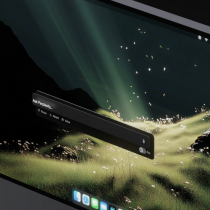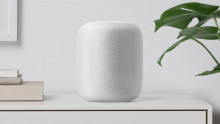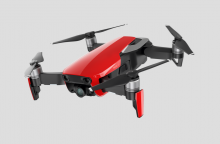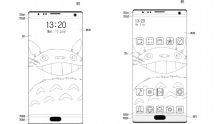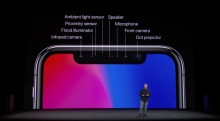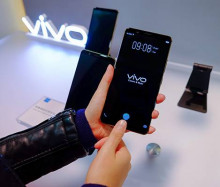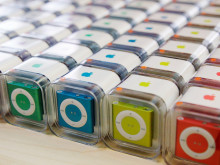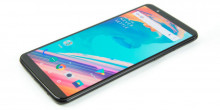What to expect from Apple’s HomePod launch
Two Fridays from now, Apple’s HomePod will arrive in stores. While hard-core Apple fans will get to enjoy the most exciting unboxing experience since December’s iMac Pro launch, everyone else will be waiting on the sidelines for real world opinions on the $349 smart speaker.
Given how hot the smart speaker market has been recently, why wait? Apart from its high price, HomePod is launching in what some might call “beta” form, including some rough edges and omitting some promised features. Here’s what you should expect next week.







































